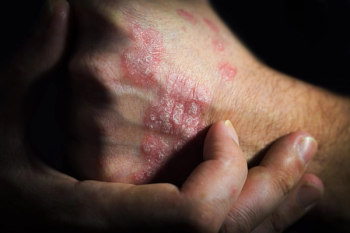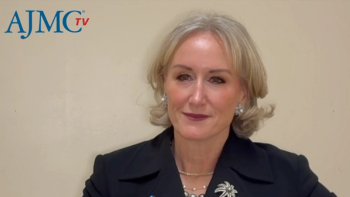
Acne-Associated Economic Burden
Discussion on the economic burden of over-counter and prescription drug costs related to acne therapy.
Episodes in this series

Casey Butrus, PharmD: There are a lot of direct costs associated with acne too. But there are also some indirect costs. Arash, can you highlight some other economic burdens that this acne may cause our health care system?
Arash Mostaghimi, MD, MPH, FAAD: You can’t put a price on it, but I’m going to try to do that. For exactly the reasons that Hilary mentioned, it’s a highly emotive condition. Think about all the advertising. My daughter is 14. I think about the advertisements targeted toward her. It’s all, “If you have acne, you won’t get a date, you won’t go out with the girl, and you won’t be able to go to your prom.” That’s the messaging that around acne. Then you fix your acne and become cool. In the genesis of that messaging are the physical and emotional symptoms that patients are describing. You have a huge amount of economic outlay for acne treatments.
Our data are not awesome for this largely because a lot of the treatments for acne are over the counter and not captured in databases the same way that a prescription therapy might be. Probably the vast majority of acne treatment is not driven by health care providers but by patients going to the pharmacy and getting something that they see on TV. But the most recent number we have, which is quite old, is from a 2004 estimate of $3 billion annually. Not only inflation-wise but in every other way, it may be at least 2 times that now. Recent studies have shown that an individual with acne in the United States spends an average of $150 to $200 a year of personal costs for over-the-counter products. That ranges substantially based on the individual. We also have more specific numbers on the cost of a course of isotretinoin. That’s about $3000 for women and $2500 for men, inclusive of the laboratory tests, the drugs, etc. Overall those are the profound costs that come along with acne, which are shared by managed care and insurance. But younger individuals with limited income are spending a lot of money on over-the-counter items and products to get them feeling better and looking the way they want to look.
Casey Butrus, PharmD: I like how you emphasize over-the-counter costs because so often from the health plan perspective, we’re focused on prescription drug costs that get built through the pharmacy benefit. There are other direct costs too. If you have oral agents that require monitoring, that require office visits, how do you measure the cost of an adverse drug reaction and the associated costs? There’s also the indirect cost of patients having to miss school…and absenteeism…. From the health plan perspective, the employer groups are especially focused on this because they want their employees or their beneficiaries to…go to work.
Transcript edited for clarity.
Newsletter
Stay ahead of policy, cost, and value—subscribe to AJMC for expert insights at the intersection of clinical care and health economics.














































